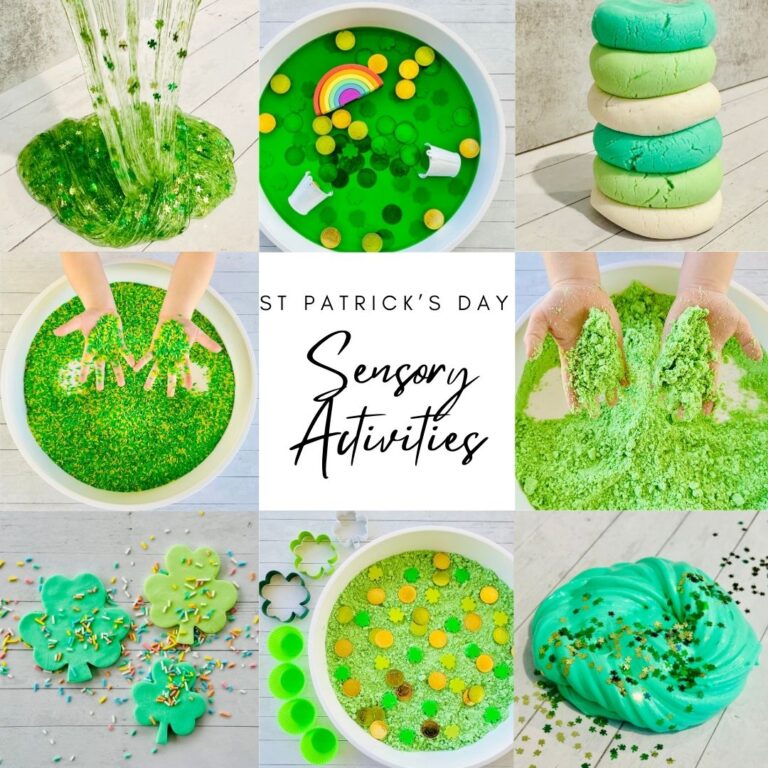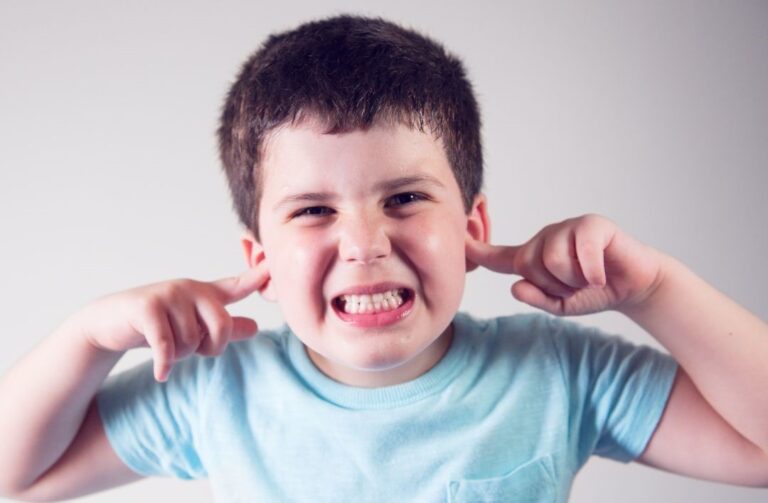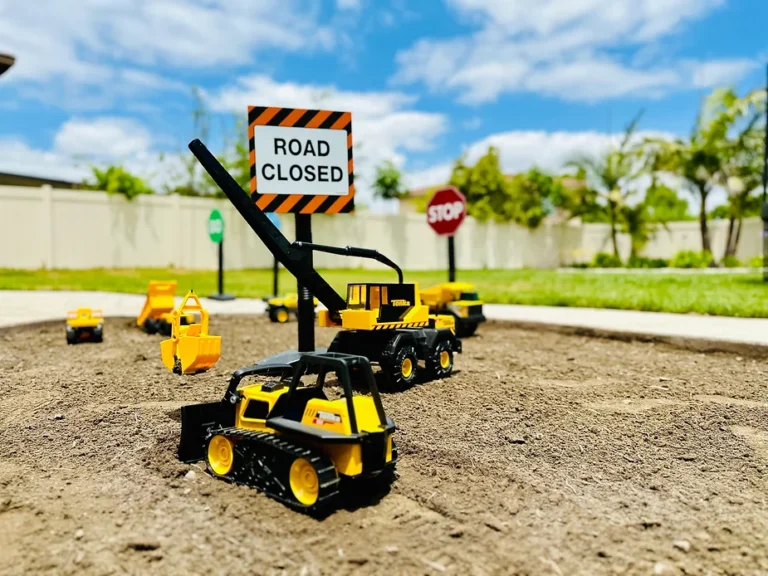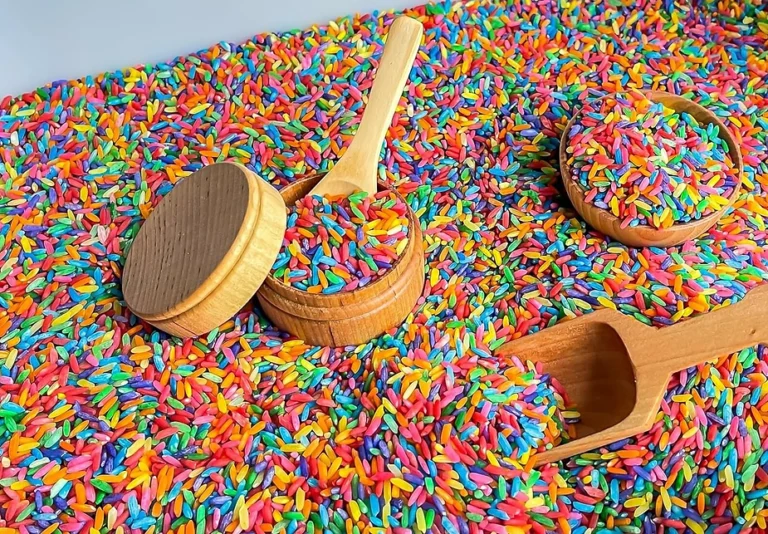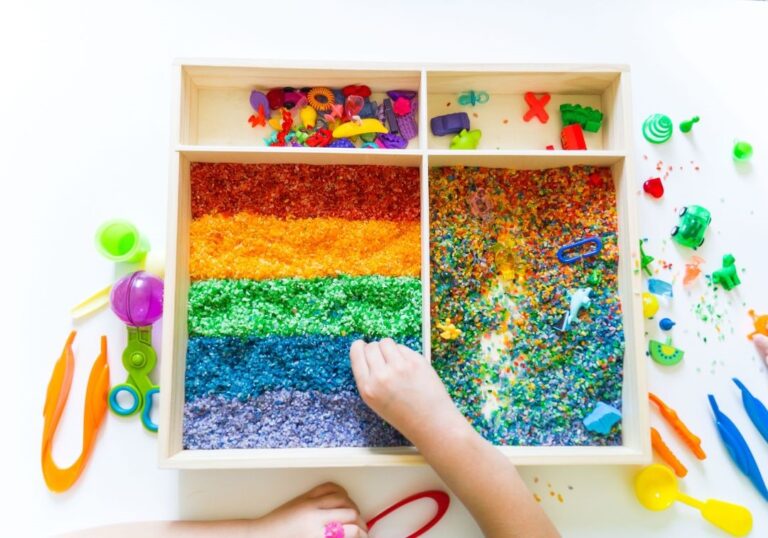20 Of The Best Classroom Sensory Tools And Quiet Fidget Toys

This post may contain affiliate links and I could earn a small commission at no cost to you. However, I will never recommend anything that I do not believe in or use myself. You can read more about my disclosure policy here.
Let’s chat about something that’s quietly revolutionizing classrooms everywhere: sensory tools and quiet fidget toys.
These little gadgets are more than just trendy items; they’re game-changers for helping kids focus, learn, and thrive in school.
Having two kids who have sensory sensitivities, finding the right sensory tools for them has been a top priority for me.
I’m excited to share the best sensory tools and fidget toys that have worked wonders in the classroom.
If you have a neurodivergent child, or even a kid who just can’t sit still and is always on the move, this post is for you!
I’ve got 20 of the best sensory tools and quiet fidget toys for the classroom.
What Are Sensory Tools and Quiet Fidget Toys?
First things first, let’s break down what these tools are.
Sensory tools are items designed to help kids manage their sensory processing disorder or sensory sensitivities. They can range from wiggle seats and chair bands to weighted lap pads and noise-canceling headphones.
Quiet fidget toys, on the other hand, are discreet items like stress balls, stretchy bands, or pop its that kids can use quietly to keep their hands busy without disturbing the class.

The Benefits of Sensory Tools and Quiet Fidget Toys
1. Boosting Focus and Attention
One of the biggest perks of sensory tools and fidget toys is their ability to help kids concentrate.
Many kids (and let’s be honest, adults too!) have a hard time sitting still for long periods.
Sensory tools and fidget toys provide a physical outlet that helps keep their minds engaged.
Think of it as giving their brain a little background music so it can focus on the main task at hand.
2. Reducing Anxiety and Stress
School can be stressful for kids, whether it’s a big test or navigating social interactions.
Sensory tools like stress balls or putty can give kids a way to channel their anxiety in a non-disruptive manner.
The repetitive motion of fidgeting can have a calming effect, reducing feelings of stress and helping kids feel more grounded.
Related: 10 Helpful Strategies to Calm After School Meltdowns
3. Enhancing Sensory Processing
For kids with sensory processing disorder or sensory sensitivities, everyday activities can be overwhelming. Sensory tools can help them manage their sensory input better.
For example, a child who is hypersensitive to noise might benefit from noise-canceling headphones during a loud assembly.
This not only helps them cope, but also makes them feel more comfortable and included in classroom activities.
4. Providing Comfort and Security
Weighted blankets or lap pads can offer a sense of security for children with anxiety or sensory processing disorder.
The gentle pressure mimics a hug, which can be incredibly soothing and help reduce anxiety, making it easier for kids to participate in classroom activities.
5. Encouraging Self-Regulation
Sensory tools can empower kids to take charge of their own needs.
If a student recognizes they’re feeling overwhelmed, they can grab a sensory tool and use it to self-soothe.
This self-regulation is a crucial skill that will benefit them throughout their lives.
6. Fostering Inclusivity
Having a variety of sensory tools available in the classroom sends a powerful message: everyone’s needs are valid and supported.
This fosters an inclusive environment where all students feel understood and valued.
Plus, it can spark conversations about neurodiversity, promoting empathy and understanding among classmates.
The Best Sensory Tools And Quiet Fidget Toys for the Classroom

The Best Sensory Tools for the Classroom

1. Chair Bands
These stretchy bands attach to chair legs, giving kids a way to kick and bounce their feet quietly while sitting. Perfect for those who need to move but need to stay seated.

2. Wiggle Seat
These inflatable cushions allow kids to wiggle and wobble while sitting, which helps burn off extra energy and improves focus.

3. Sensory Foot Cushion
Placed under the desk, these cushions give kids a textured surface to press their feet against, providing calming sensory input without distraction.

4. Textured Sensory Adhesives or Velcro Strip Under Desk
Kids can rub their fingers against the textured sensory adhesive or Velcro strip to get tactile feedback, which can be soothing and help them stay focused on their work.

5. Stretch Band Focus Tool
These bands can be stretched and pulled, offering a great way for kids to release pent-up energy quietly and discreetly.

6. Noise Canceling Headphones
These headphones reduce background noise, helping kids focus better in noisy environments. Perfect for those who get easily overwhelmed by sound.

7. Weighted Lap Pads
The gentle pressure provides a calming effect, which is fantastic for kids with anxiety or sensory processing issues.

8. Visual Timers
These timers help kids understand the passage of time visually, which can reduce anxiety about transitions and waiting.

9. Peanut Shaped Bounce Chair
This unique chair allows for gentle bouncing and movement while sitting, helping kids who need to move to stay engaged with their work.

10. Balance Ball Chair
Kids can sit on these balls and gently bounce or move, which helps improve focus and provides a fun way to stay seated.
The Best Quiet Fidget Toys for the Classroom
The best fidget toys for the classroom are silent. While some toys like spinners and cubes can be noisy and distracting, these quiet fidget toys are ideal for maintaining a focused learning environment.

1. Monkey Stretch Noodles
Stretch them, twist them, and pull them! These noodles are perfect for kids who need to keep their hands busy and love a stretchy, tactile experience.

2. Spiky Sensory Roller
Roll these over hands or arms for a soothing sensory experience. The spiky texture provides calming input and helps improve focus.

3. Pencil Toppers
Pull, slide, or spin these fidget pencil toppers. They are a quiet and convenient way for kids to fidget while staying focused on their work.

4. Stress Balls
Squeezing a stress ball can help release tension and keep hands busy without distracting others.

5. Putty
Putty is silent, moldable, and provides tactile stimulation that helps kids focus and reduce stress without causing distractions.

6. Wacky Tracks Snap and Click
Snap and click these tracks into different shapes. They provide a tactile and auditory sensory experience that’s quiet enough for the classroom.

7. Marble and Mesh
Small and quiet, these consist of a marble inside a mesh that can be moved back and forth, offering a soothing sensory experience.


8. Chewable Jewelry or Chewable Pencil Toppers
These are safe alternatives for kids who need to chew for sensory input. They help reduce stress and improve focus.

9. Pop It Toys or Pop It Ball
These toys provide satisfying popping sensations and sounds without being too loud, making them great for discreet fidgeting.

10. Liquid Motion Bubbler
Watching the liquid bubbles slowly flow down can be mesmerizing and calming, perfect for a quick sensory break.
Tips for Integrating Sensory Tools and Quiet Fidget Toys in the Classroom
1. Offer a Variety of Tools
Not every child benefits from the same tool, so offering a variety of options is essential to ensure every child finds something that works for them.


Many sensory tool kits include a wide range of fidget toys, such as this fantastic Sensory Fidget Tools kit with 12 different types of fidget toys for kids to try.

Or this awesome Bundle Pack of Sensory Fidget Toys with 24 different types of fidget toys for kids to try.
2. Involve the Kids
Let the kids have a say in which tools they like best. This not only empowers them but also ensures they are more likely to use the tools effectively.
3. Create a Calm Corner or Sensory Station
Dedicate a small corner of the classroom to sensory tools and fidget toys. This gives kids easy access when they need a little break.
4. Set Clear Guidelines
Establish rules for when and how these tools can be used. For example, they can be used during independent work but not during direct instruction time.
Final Thoughts
Sensory tools and quiet fidget toys are not just passing trends; they’re essential tools that can make a significant difference in a child’s educational experience.
By helping kids manage their sensory processing disorder or sensory sensitivities and focus better, these tools create a more inclusive, supportive, and productive classroom environment.
So, next time you see a kid with a fidget toy, remember, it’s not just a toy – it’s a tool for success!
Recommended
- 10 Helpful Strategies to Calm After School Meltdowns
- Ultimate Toy Guide: 30 Best Sensory Toys for Autistic Children
- 10 Of The Best Books About Autism for Parents
- 10 Of The Best Children’s Books About Autism


